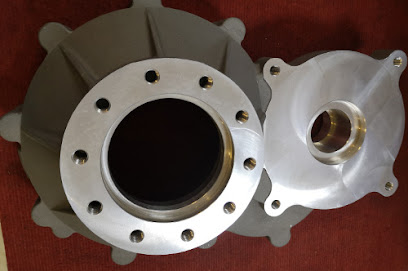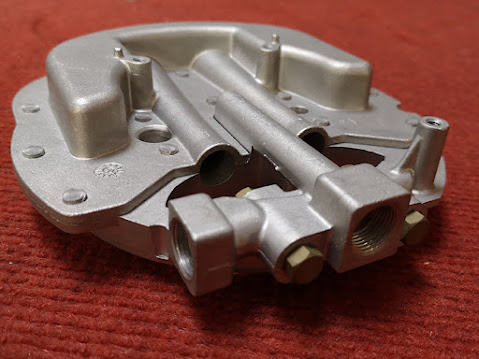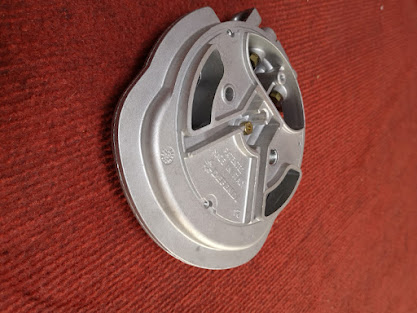The
steps followed in Sand Casting Foundry are:
Mold creation
Creating
the mold for the Sand Casting is the
first step. Around the pattern, the sand is packed which is a replica of the
external casting shape. The casting forming cavity remains. The bottom and top
halves of the mold are known as the drag and cope respectively.
Preparing and clamping the
mold
It must be prepared for the molten metal to be poured once the mold has been made. To help with the removal of the casting, the surface of the mold cavity is first lubricated and the mold halves are securely clamped and closed together. To prevent the loss of any material, the mold halves must remain securely closed.
Molten metal pouring into
the mold
Through
a gap, or gating system leading from the casting cavity to the outside of the
mold, molten metal is poured into the mold in the Sand Casting Foundry. To secure the two halves together, you can
see jackets and weights on these molds. Into this mold, molten aluminum is
being poured.
Allowing the metal to cool
Once
it enters the cavity, the molten metal poured into the mold will begin to
solidify after getting cooled. The final shape of the casting is formed when
the entire cavity completes the metal solidification process and is filled.
Until the proper cooling time has elapsed, the mold can’t be opened.
Hardened Casting Removal
from mold
The
sand mold can simply be broken after the solidification time has passed and the
casting is removed. By a vibrating machine that shakes the casting and sand out
of the flask, this step is performed typically. For reuse, the sand is
reconditioned. The casting will likely have some oxide layers and sand stuck to
the surface once removed. To remove the remaining sand, Shot blasting is used
sometimes.
Polishing & finishing
the final product
The casting may be finished or polished to offer a functional surface for its final application based on the intended use of the final Sand Casting Products. To remove the roughness left on the surface of the casting, Surface finishes of varying grades can be applied. Castings or raw castings ready for use are offered. This has been machined and heat treated. Secondary operations such as finishing and powder coating can also be added.
Follow us on Facebook







